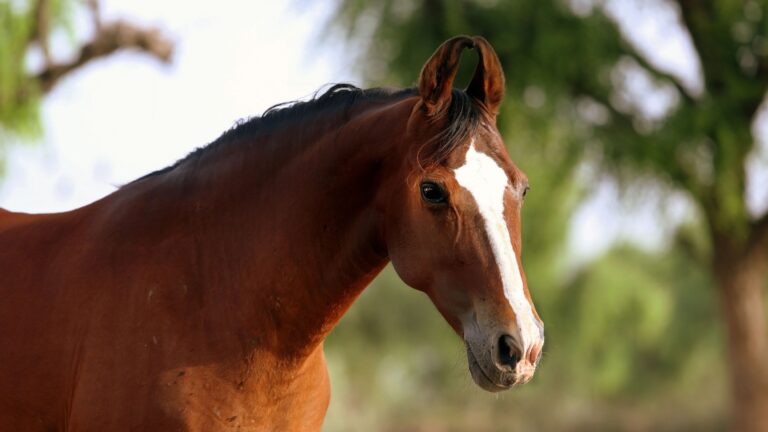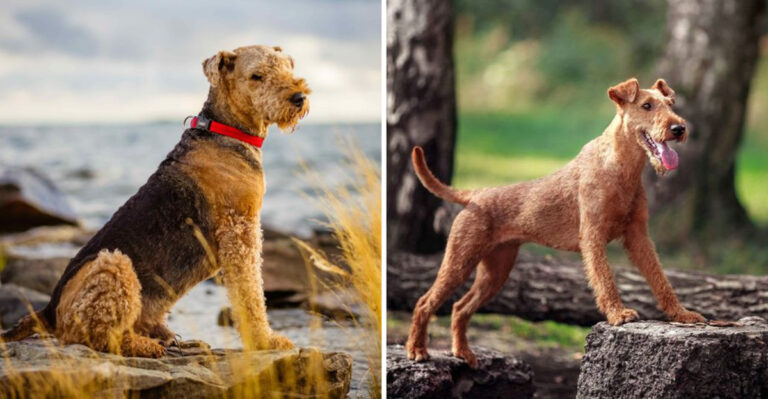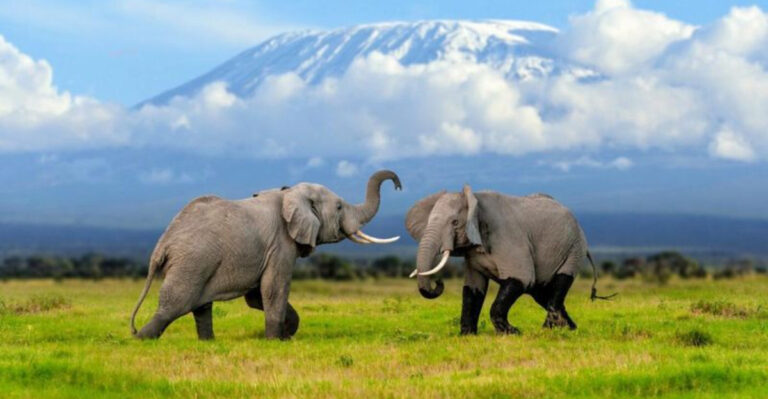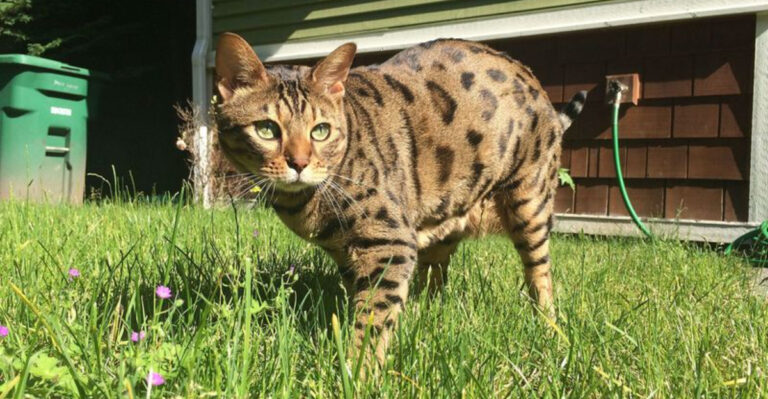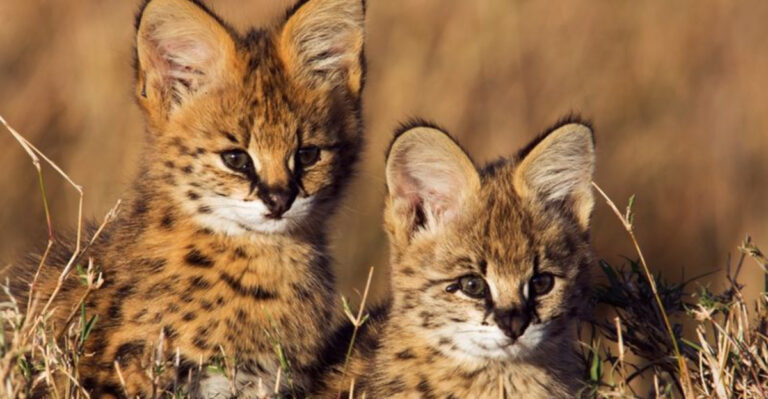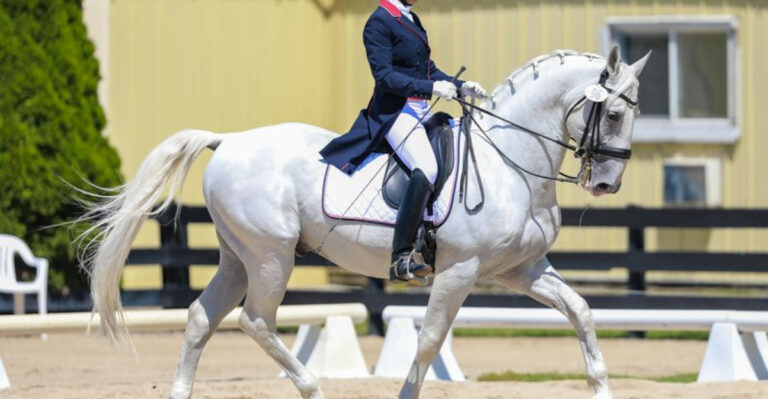17 Heartwarming Examples Of Animal Mothers In The Wild
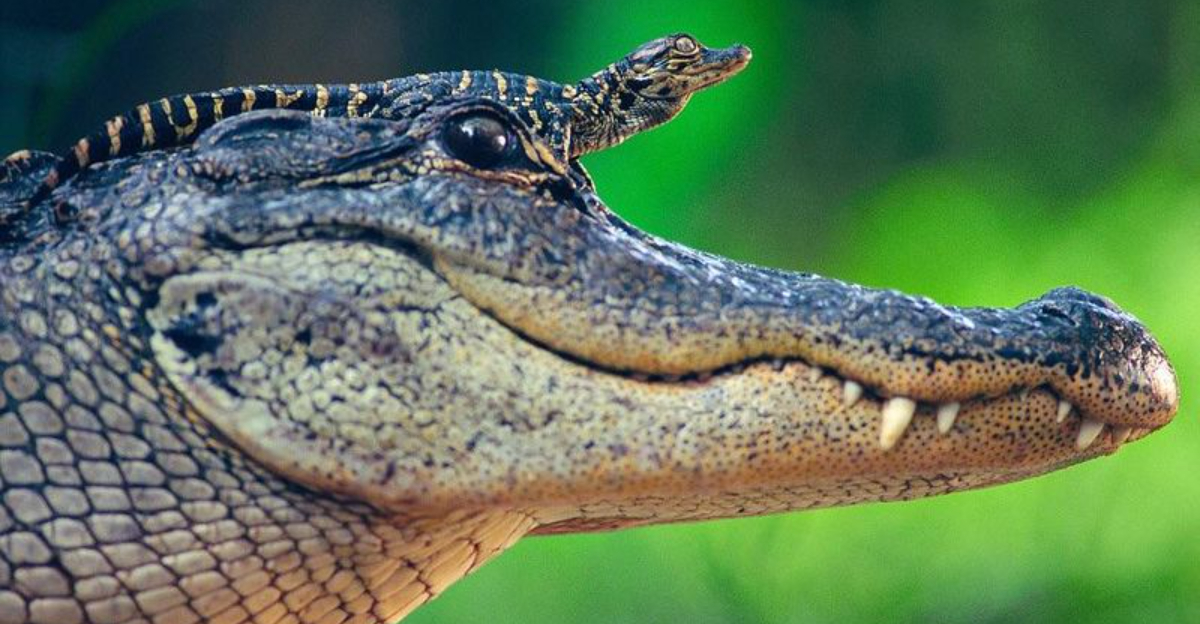
Nature showcases incredible motherly love beyond the human world. Wild animal moms display amazing dedication, often risking everything to protect and nurture their young.
From teaching survival skills to providing warmth and food, these wild mothers show that maternal instinct crosses all species boundaries.
1. Orangutan’s Eight-Year Devotion
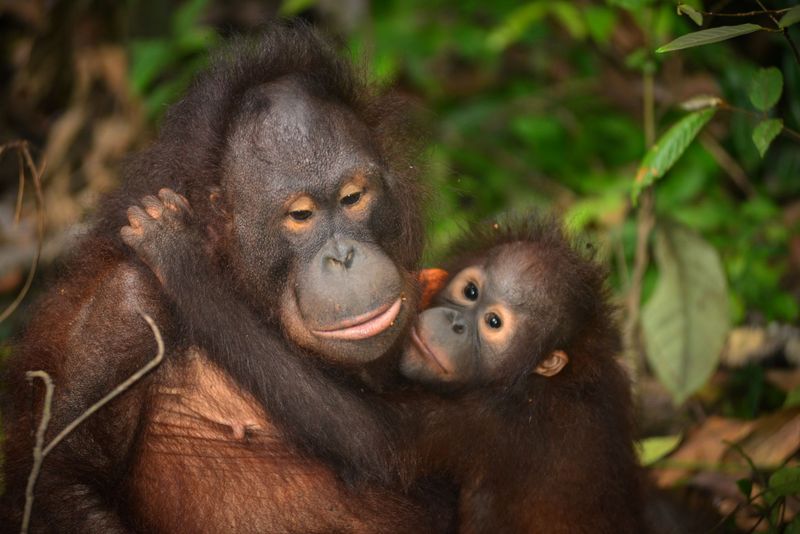
High in the rainforest canopy, orangutan moms create the gold standard of dedication. They spend eight full years raising a single baby, teaching them which fruits are safe and how to build sleeping nests.
The bond is so tight that even after independence, young orangutans often visit their mothers for years afterward. Few animals invest such extensive time in raising their young.
2. Elephant’s Family Circle
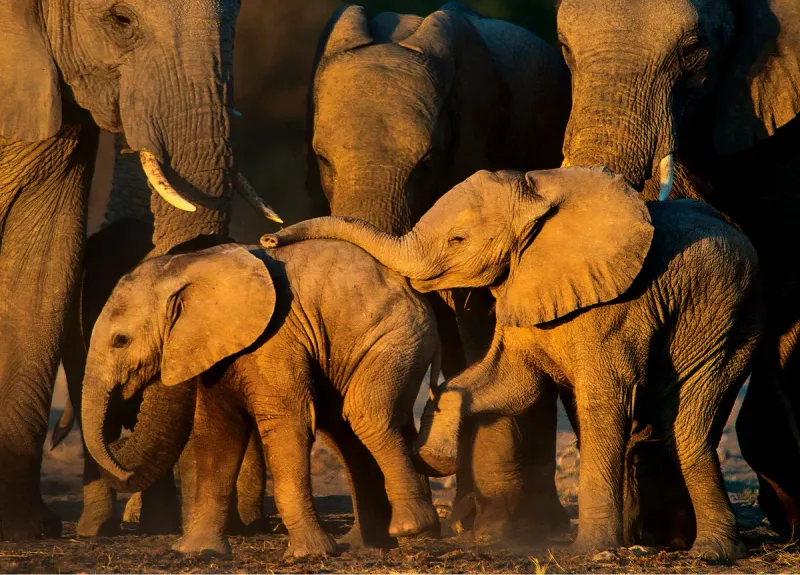
Surrounded by experienced aunties and grandmothers, elephant calves enjoy the benefits of an extended family. The entire herd rallies around newborns, creating protective circles when danger approaches.
Female elephants raise their young for 16 years, nursing for up to 6 years. Their extraordinary memory helps them guide youngsters to vital water sources during droughts, saving the whole family.
3. Polar Bear’s Hunger Strike

Talk about sacrifice! Polar bear moms fast for eight months while pregnant and nursing their cubs in a snow den. They lose nearly half their body weight during this time.
After emerging from the den, these devoted moms teach their cubs how to hunt seals and navigate treacherous ice. The little family stays together for over two years as cubs learn survival skills for the harsh Arctic.
4. Octopus’s Ultimate Sacrifice
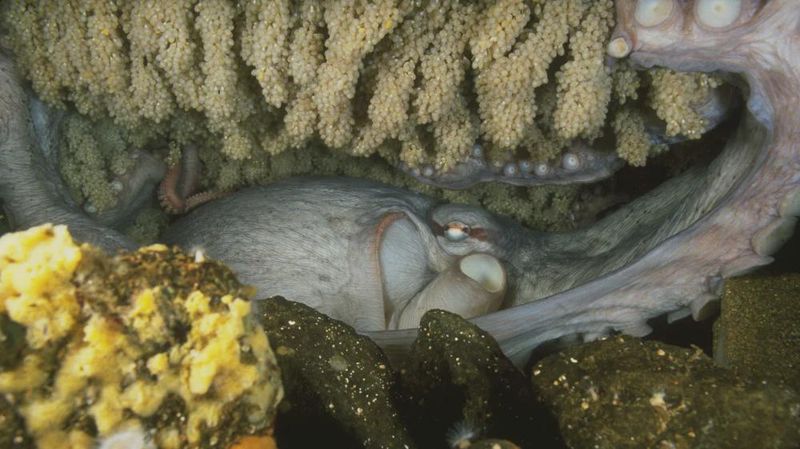
Deep beneath the waves lies perhaps the most extreme example of maternal dedication. After laying up to 100,000 eggs, an octopus mom stops eating completely to guard her brood.
For six months, she blows fresh water over the eggs and fends off predators. By the time her babies hatch, she’s too weak to survive. This ultimate sacrifice ensures her offspring have the best possible start in life.
5. Alligator’s Gentle Side

Beneath those fearsome teeth lies a surprisingly tender mother. Female alligators build mound nests of vegetation and guard them fiercely for two months until eggs hatch.
The most shocking part? When tiny hatchlings cry from inside their eggs, mom gently digs them out and carries them to water in her mouth – the same jaws that can crush turtle shells! She’ll protect her babies for up to two years.
6. Cheetah’s Teaching Moments

Racing across the savanna at 70 mph isn’t a skill that comes naturally – it’s taught by mom! Cheetah mothers bring live, young prey back to their cubs as hunting practice.
She’ll deliberately weaken prey so cubs can practice the chase and kill. Through months of these teaching sessions, cubs gradually develop the hunting prowess needed to survive. Without this maternal education, young cheetahs would never learn their famous hunting techniques.
7. Emperor Penguin’s Winter Watch
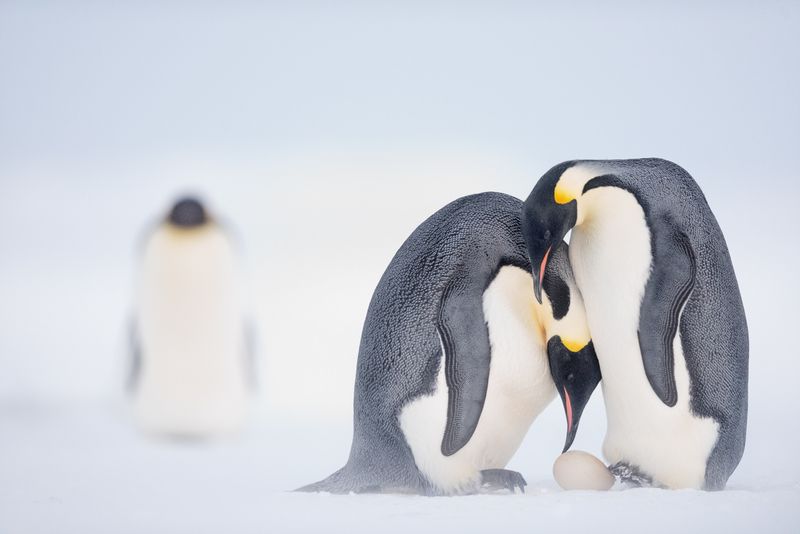
Braving the world’s harshest winter, emperor penguin dads actually do the egg-sitting while moms go fishing. But their maternal journey is equally impressive!
Female emperors walk 50 miles across Antarctic ice to feed at sea, then trudge back carrying pounds of regurgitated food for their chick. The round trip through -40°F temperatures and howling blizzards showcases extraordinary maternal determination few creatures could match.
8. Wolf Pack’s Communal Cubs
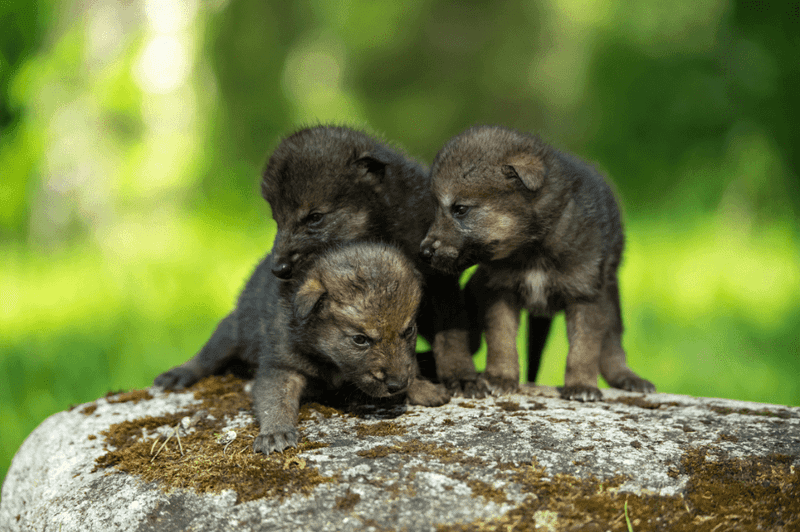
Running a wolf family requires serious teamwork! The alpha female gives birth in a cozy den, but the entire pack pitches in with babysitting and food duties.
Pack members take turns regurgitating meat for growing pups. Wolf mothers coordinate this extended family care system, ensuring their pups receive constant protection. Young wolves learn hunting and social skills from the whole community under mom’s watchful leadership.
9. Opossum’s Walking Bus
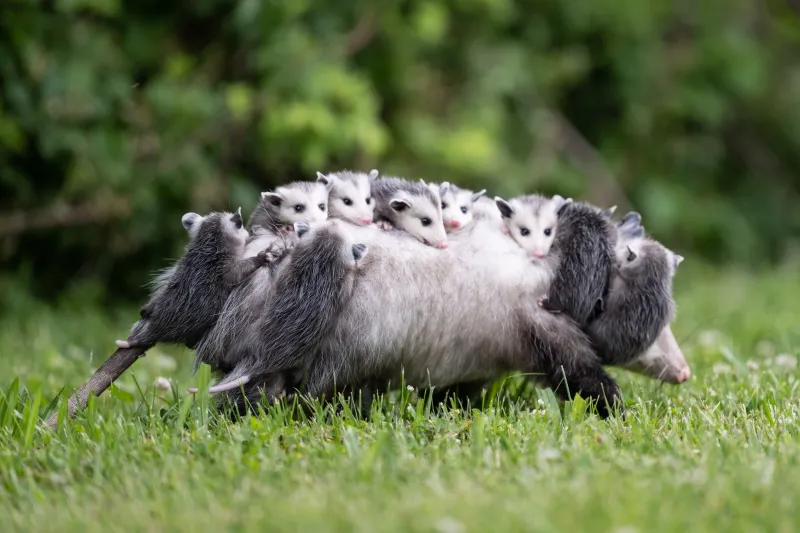
Looking like a furry school bus, opossum moms carry up to 13 babies on their back after the joeys outgrow the pouch. This mobile motherhood ensures youngsters learn foraging skills while staying safe.
The devoted marsupial mom teaches her brood which plants are edible and how to avoid predators. When danger approaches, she’ll distract threats while her babies escape, putting herself at risk to protect her children.
10. Lioness’s Daycare System
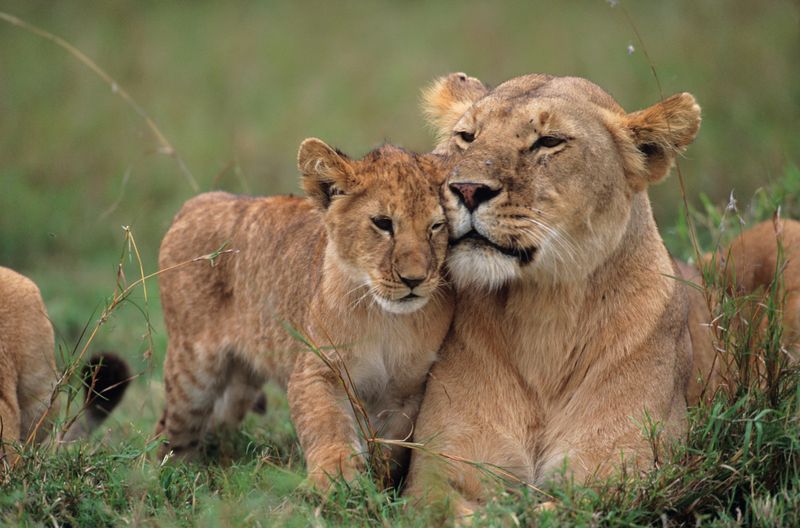
Fierce on the hunt but tender with cubs, lionesses create an elaborate babysitting rotation within the pride. While some moms hunt, others guard all the pride’s cubs together in a communal nursery.
Any lioness will nurse any cub, creating a remarkable cooperative childcare system. This teamwork ensures cubs are always protected from male lions and other predators, giving them a much higher survival rate than solitary big cats.
11. Sea Otter’s Floating Lessons
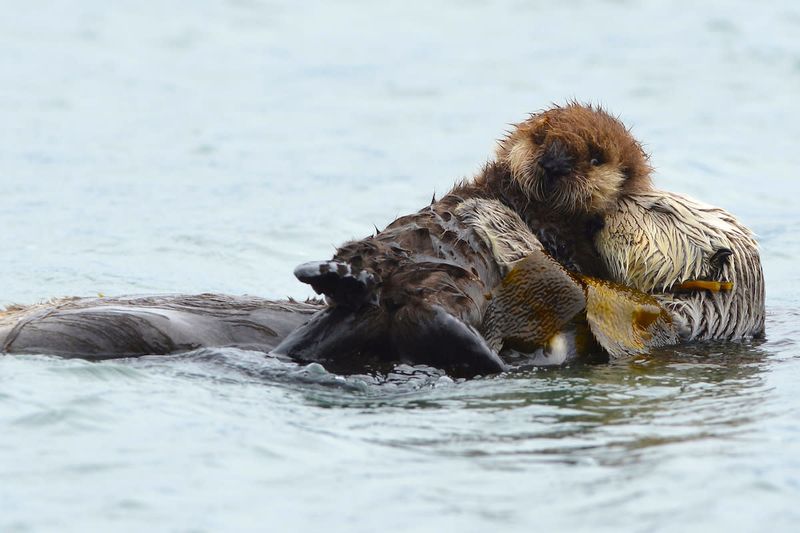
Wrapped in seaweed to avoid drifting away while she dives for food, baby sea otters receive round-the-clock care from exhausted moms. For six months, sea otter mothers rarely rest as they teach their pups to swim and crack shellfish.
A mother meticulously grooms her baby’s fur, blowing air into it to create perfect insulation against cold water. This intensive grooming can take up to 8 hours daily – true dedication to keeping her little one warm!
12. Crocodile’s Mouth Taxi
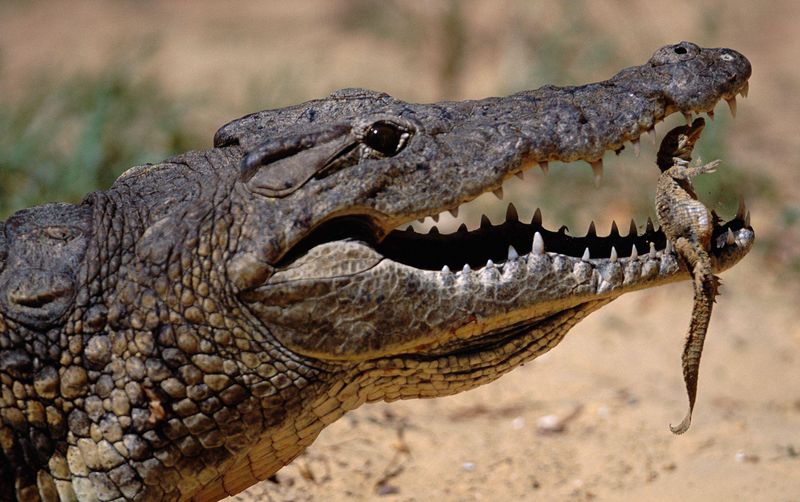
Despite their fearsome reputation, crocodile moms show remarkable gentleness when moving their babies. After guarding eggs for three months, she delicately cracks them open when she hears babies chirping inside.
The most incredible part? She carries up to 15 hatchlings at once in her mouth – the same jaws that can crush bones – without harming a single baby! This gentle transport to water showcases the surprising tenderness hidden beneath her armored exterior.
13. Koala’s Pouch Probiotics
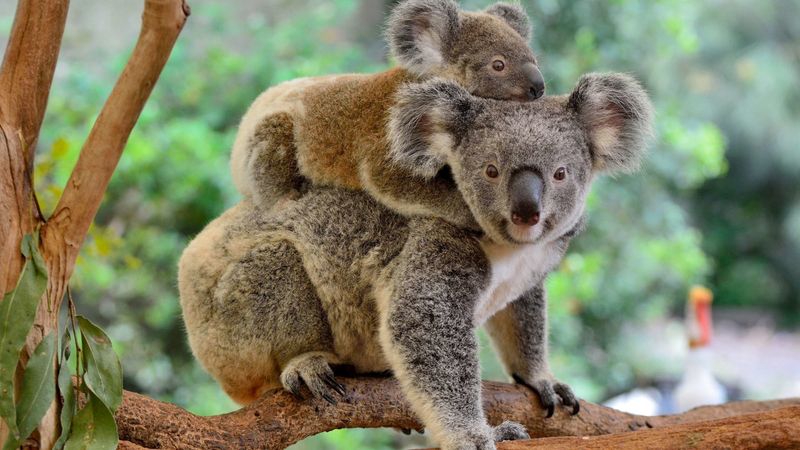
Before a baby koala (called a joey) can digest toxic eucalyptus leaves, it needs special bacteria. The solution? Mom feeds her joey “pap” – a special form of her droppings rich in gut microbes.
This probiotic meal might sound gross, but it’s essential for survival! Koala mothers carry joeys in their pouch for six months, then on their back for another six while teaching them which of Australia’s 600+ eucalyptus species are safest to eat.
14. Giraffe’s Standing Delivery
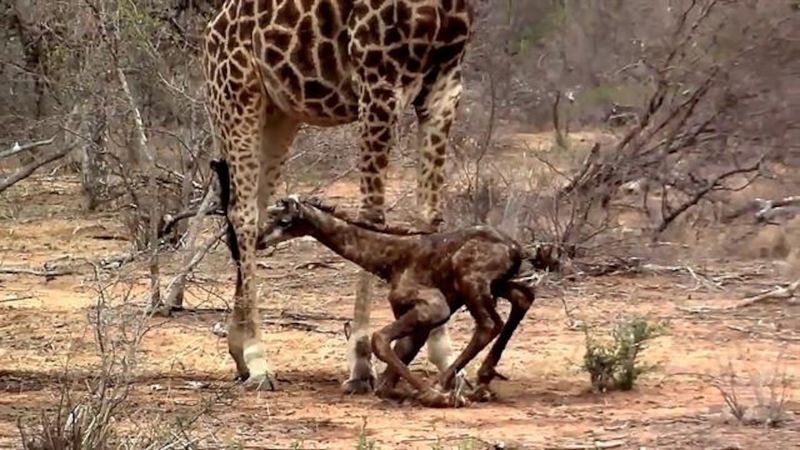
Giving birth while standing six feet off the ground? That’s a giraffe mom’s reality! The baby drops from this height, receiving quite the wake-up call as it meets the world.
Within an hour of this dramatic entrance, calves must stand and walk to avoid predators. Giraffe mothers form nursery groups where they take turns watching the calves, allowing other moms to feed. Their milk is incredibly rich, helping babies grow nearly an inch daily!
15. Horned Lizard’s Blood Defense
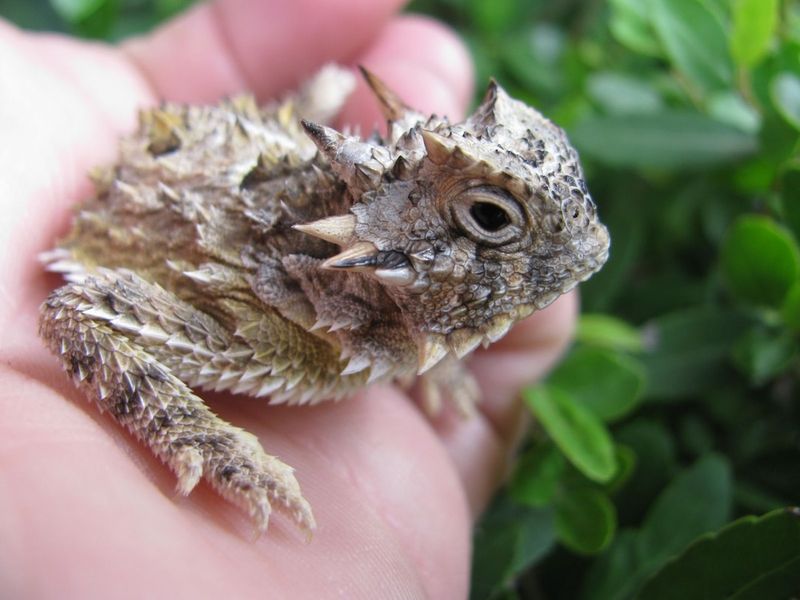
When predators threaten her babies, the horned lizard employs one of nature’s most bizarre defense mechanisms. She squirts blood from her eye sockets – sometimes shooting it up to 5 feet!
This startling strategy usually gives her enough time to hustle her youngsters to safety. The blood contains chemicals that are particularly nasty to canine predators, making coyotes and foxes back off immediately. Talk about going above and beyond for your kids!
16. Kangaroo’s Double Motherhood
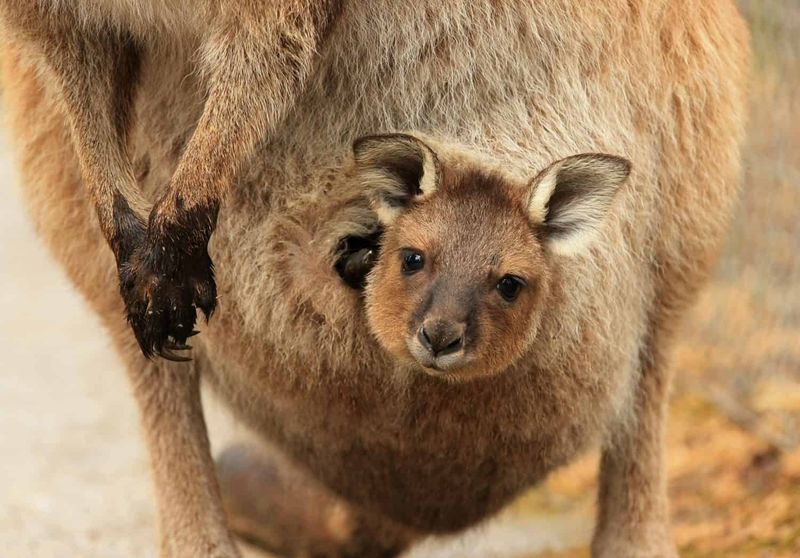
Multitasking reaches new heights with kangaroo moms! They can nurse two different-aged joeys simultaneously – one tiny embryo-like newborn in the pouch and one older joey that returns to nurse.
Even more amazing, she produces two different types of milk from different teats – one perfect for newborns and another formula for older joeys. This remarkable adaptation allows kangaroo mothers to raise offspring continuously through drought years when food is scarce.
17. Surinam Toad’s Back Nursery
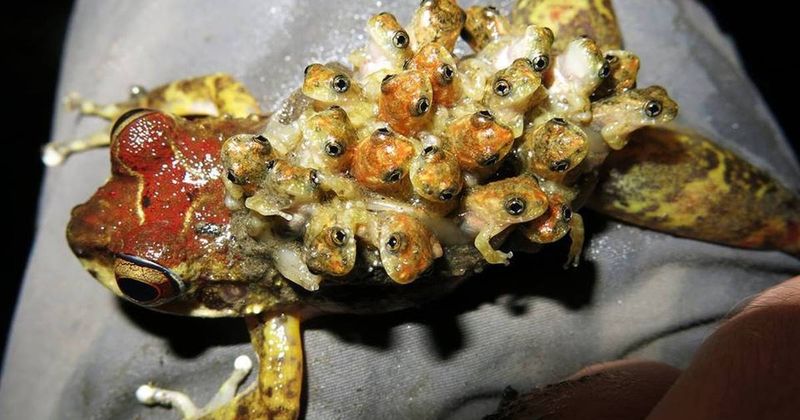
Looking like something from a sci-fi movie, the Surinam toad’s motherhood journey is truly unique. During mating, eggs are deposited on mom’s back, then her skin grows over them, creating individual pockets.
For months, she carries up to 100 developing babies in these skin chambers. When fully formed, tiny toadlets burst from her back in a scene straight from Alien! Despite the bizarre appearance, this strategy provides excellent protection from predators during vulnerable developmental stages.

